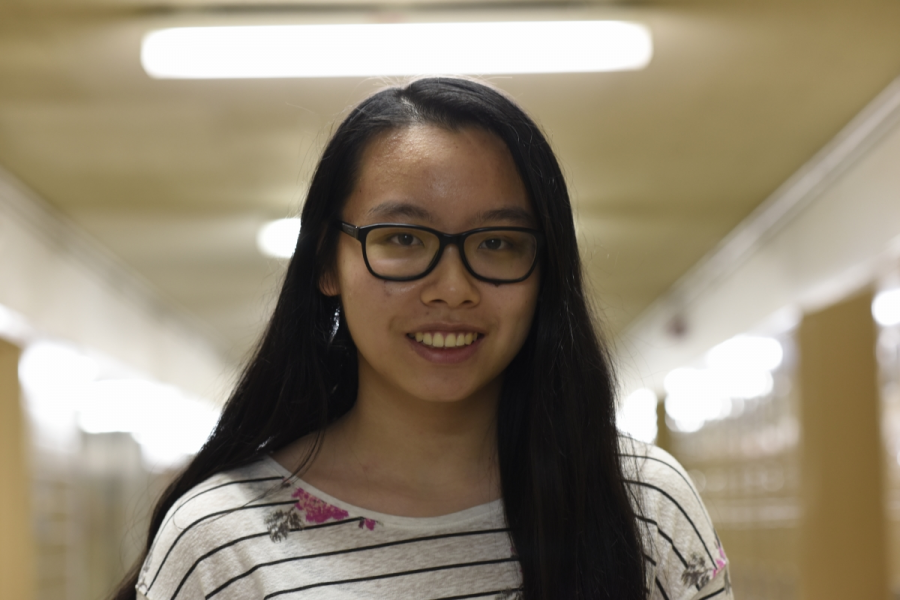The Largest NYC High School Research Competition
Megan Yin ’18 is a senior research student who presented her research on Marxh 4, 2018, at the NYCSEF preliminary round
The New York City Science and Engineering Fair (NYCSEF) is the largest research competition for New York City high school students. Students who have made it to the preliminary round presented their research projects at the City College of New York on March 4, 2018. These students presented their work to a panel of judges who are experts in STEM fields for the opportunity to win awards and represent New York City in the Intel International Science and Engineering Fair (ISEF).
The road to preliminary rounds for NYCSEF is not easy. Research students spend months designing an individual project, performing data analyses in a graduate laboratory, and discussing their conclusions with research professionals such as professors and doctors. For many students, research competitions like NYCSEF allow them to showcase their accomplishments in graduate level research, along with an opportunity to share their ideas with other scientists.
“I am excited to see my hard work pay off and to share my knowledge with others. I remember going to the lab every other week to do the experimental part of my project and spending hours on the computer to do the computational part of my project,” said Annie Wang ’18.
Beyond the technical laboratory research, there is a long process of poster and speech preparation that follows. Posters must be prepared in order for students to concisely display their research conclusions to a panel of judges. “I am working on my presentation a lot with Dr. Shapovalov, and I am figuring out which points to emphasize in my presentation. I made the posterboard in December, but since then, I have more data and results to add, so I’m hoping to get to reprint my poster, as I think these additions will really boost my performance at NYCSEF,” said Megan Yin ’18.
On the day of the presentations at City College, students had the opportunity to speak with professionals and other students while giving their own panel presentations. The professionals who participated in judging panels come from a variety of fields, such as medicine, business, and engineering. Students competed in different categories that correspond with their project submissions. These categories cover a broad range of topics like environmental sciences, social sciences, molecular biology, health sciences, computer science, and engineering.
“I am excited to see my hard work pay off and to share my knowledge with others.”
There’s no doubt that competitions like NYCSEF are the first step for many future research scientists, creating a strong foundation for laboratory experience. Students are also able to establish important connections with established people in their field and pursue their passions. “I would absolutely recommend other students to apply to the NYSCEF competition. It’s a great way to find your interest and to meet others as interested in STEM as you are! It’s also a great way to inspire your peers to pursue similar activities during their high school career,” said Jennifer Cheung ’18.
For students who are unsure of how to get started, competitions like NYCSEF are a fantastic way to establish a position in the world of graduate level research.
Elizabeth Jung is an Athletics Section Editor for ‘The Observatory’ and a Staff Reporter for ‘The Science Survey.’ Elizabeth enjoys traveling and...

